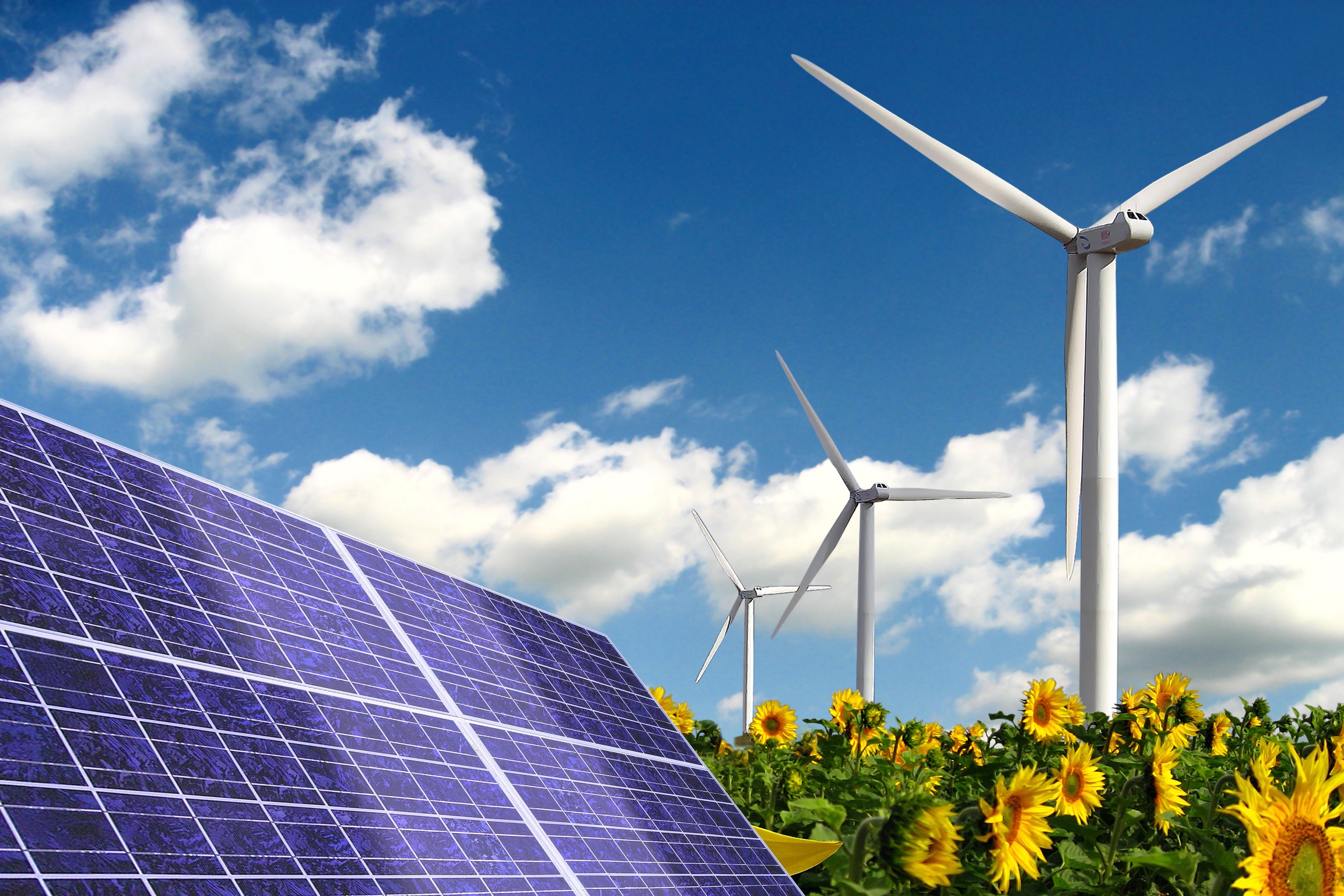Apple announces all of its shops, offices and data centres are now powered by “100% renewable energy” – but there’s a catch
The news comes days after Google made a similar announcement

Apple yesterday announced its global facilities, which comprise retail stores, offices, data centres and other facilities across 43 countries, are now powered using 100% renewable energy.
Since 2014, all of Apple's data centres have been powered by 100% renewable energy, and this has now extended to its other buildings. The company has recently invested heavily in renewable energy projects, including wind farms, solar arrays and other emerging technologies that supply local communities, states and even entire countries with clean energy.
"We're committed to leaving the world better than we found it. After years of hard work we're proud to have reached this significant milestone," said Apple CEO Tim Cook. "We're going to keep pushing the boundaries of what is possible with the materials in our products, the way we recycle them, our facilities and our work with suppliers to establish new creative and forward-looking sources of renewable energy because we know the future depends on it."
Apple's offices in Cupertino are just one example of its renewable energy projects. Powered by rooftop solar panels and biogas fuel cells, the headquarters use a microgrid with battery storage to control power usage, and give back clean energy to the public grid when it's not occupied.
The company has also revealed plans for new data centres in Iowa in the United States, and in Denmark that will run off entirely renewable energy from day one.
The catch is that many of Apple's manufacturing partners still don't use renewable energy. Although nine of its partners have committed to power all of their Apple production with renewables, bringing the total number to 23, many other suppliers haven't made such commitments to using clean energy yet.
The Verge also highlights that, strictly speaking, not all of Apple's facilities use renewable energy, because it's simply not possible in some areas, for example where Apple Stores must be supplied by municipal grids.
Get the ITPro daily newsletter
Sign up today and you will receive a free copy of our Future Focus 2025 report - the leading guidance on AI, cybersecurity and other IT challenges as per 700+ senior executives
To overcome this problem, "Apple purchases what are known as Renewable Energy Certificates, or RECs, which are a tradable commodity that guarantee the cleanliness of an energy source," the Verge claims.
As explained by the United States Environmental Protection Agency, "RECs are issued when one megawatt-hour (MWh) of electricity is generated and delivered to the electricity grid from a renewable energy resource." By purchasing these certificates, Apple simply supports other projects that are compatible with its clean-energy principles. "We require that they are Green-e Energy certified and come from the same power gridand preferably the same state as the Apple facility they support," explains the company's Environmental Responsibility Report from last year.
The news comes only days after Google made a similar announcement that it had reached its 100% renewable energy goal. Google, however, was more transparent that the renewable energy it buys may not always be used to directly power its own data centres or offices.
"What's important to us is that we are adding new clean energy sources to the electrical system, and that we're buying that renewable energy in the same amount as what we're consuming, globally and on an annual basis," Urs Hlzle, Google's senior vice president of Technical Infrastructure said in a blog post.
-
 Third time lucky? Microsoft finally begins roll-out of controversial Recall feature
Third time lucky? Microsoft finally begins roll-out of controversial Recall featureNews The Windows Recall feature has been plagued by setbacks and backlash from security professionals
By Emma Woollacott Published
-
 The UK government wants quantum technology out of the lab and in the hands of enterprises
The UK government wants quantum technology out of the lab and in the hands of enterprisesNews The UK government has unveiled plans to invest £121 million in quantum computing projects in an effort to drive real-world applications and adoption rates.
By Emma Woollacott Published